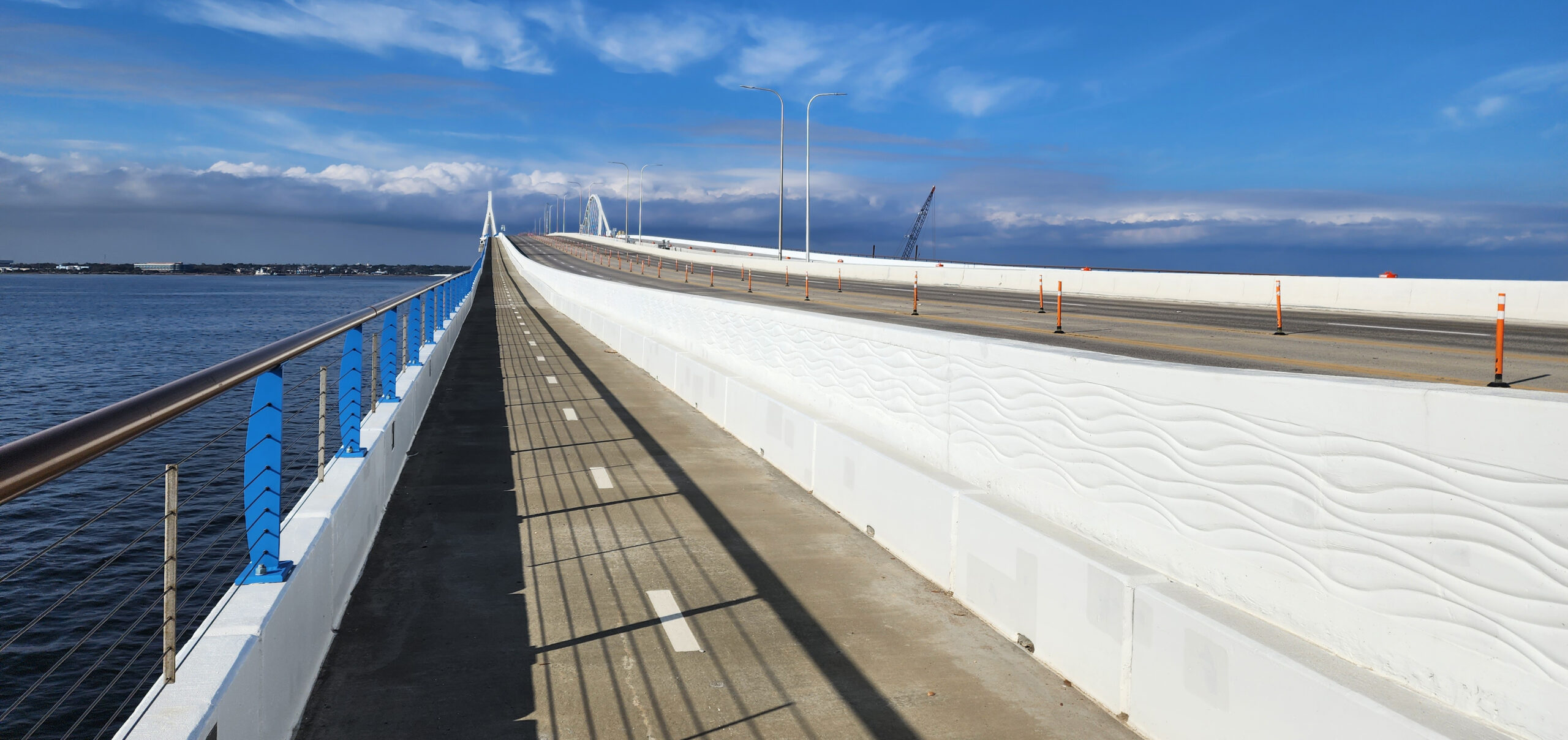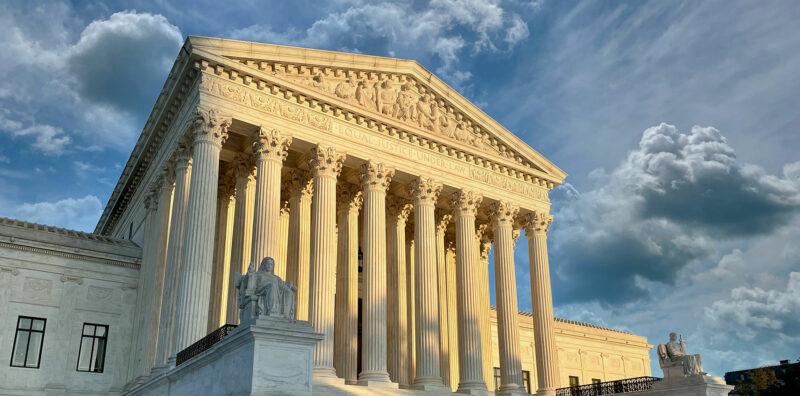To protect critical ecosystems and water supplies amid growing climate and regulatory pressures, ESA partners...

Pensacola Bay Bridge Replacement (SR 30/US 98)
According to the Florida Department of Transportation (FDOT), the Pensacola Bay Bridge replacement project is the largest transportation initiative in Northwest Florida history, with a construction cost of approximately $440 million. The design-build team effort involved an underwater blast approach to remove a section of the bridge safely and effectively.
Why does this project matter?
This original bridge was constructed before 1960, making it a priority for replacement. This long-awaited design-build bridge replacement suffered scheduling setbacks after high winds and seas from Hurricane Sally in 2020 caused construction barges to escape their moorings and cause portions of the bridge to collapse. The new bridge provides safer connectivity between downtown Pensacola and Gulf Breeze on the barrier island, and includes pedestrian-friendly features and overlooks.
What is ESA doing to help?
ESA provided environmental consulting and permitting support to the design-build team from start to finish (2016-2023). The final effort for this project involved marine species protection during the underwater blast that was required to remove a very large section concrete decking that fell to the bottom of Pensacola Bay during Hurricane Sally. This involved development of a Marine Species Protection Plan, coordination with the National Marine Fisheries Service for approval of the plan, and coordination with the blaster, contractor, Construction Engineering and Inspection team, and FDOT for blast-day events. On the blast day, ESA coordinated and conducted the marine species watch plan, which was completed without incident. The bridge opened to traffic the following day.
Details
Location Pensacola and Gulf Breeze, Florida

The Protected Species Watch Team during the project's underwater demolition blast, which removed large concrete debris from Hurricane Sally.
News & Ideas
ESA is pleased to announce the appointment of new practice leaders to oversee two of...
ESA is thrilled to announce the promotion of Autumn Ward to the role of Airports...
In our industry, we must consider compliance with the federal Endangered Species Act (FESA) when...
How the Supreme Court narrowed the consideration of indirect and cumulative effects under NEPA. The...
This is the second in a series of articles exploring how ESA is working with...






